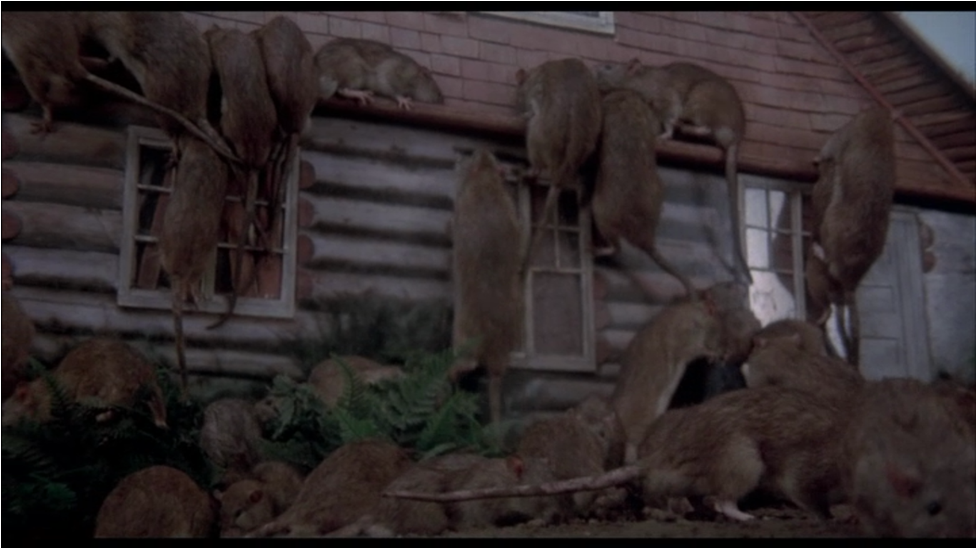Surviving the zombie apocalypse? Columbia, Mo., is No. 1 with a bullet
As Halloween approaches, the nation’s serious statisticians weigh zombie defense factors
Not one but two companies’ number crunchers have come up with zombie survival ratings
Columbia topped one list, and Kansas City was No. 8 in the other
Key West, Fla., held its Zombie Bike Ride on Sunday. Rob O'Neal AP
i
Key West, Fla., held its Zombie Bike Ride on Sunday. Rob O'Neal AP
By Greg Hack
[email protected]
The zombies might have taken over already. The evidence? Not one but two companies, CareerBuilder and FindTheHome, have spent their number crunchers’ time coming up with rankings for, yes, the places most likely to survive a zombie apocalypse.
The good news — well, there is no good news when the nonsense quotient is this high. But as Halloween approaches, maybe someone will sleep better knowing the
and fared well in the FindTheHome rating system, too.
In fact,
, a website that hopes you’ll use it the next time you’re buying a house, the No. 1 best place to be when zombies arise will be Columbia, Mo.
It seems the home of the Mizzou Tigers has a unique mix of what that rating system is looking for: great access to food, water, guns and ammo; lots of hardware stores (the better to build and repair your shelter, apparently); and a relatively young and well-educated populace.
Then again, Columbia’s score was 91.9, while the whole of Boone County scored 95. Like a pandering politician’s tax plan, these ratings make less sense the more you look at them.
Anyway, besides its list of the 10 most zombie resistant places — Tampa, Fla., was No. 2 — FindTheHome gave every county in the U.S. a composite score on a 100-point scale, combining how it was rated for resources, defense and demographics.
With one exception, Kansas City metro area counties scored in the middle to upper 80s, topped by military heavy Leavenworth County at 89.4. Only Wyandotte County lagged at 46.4, perhaps handicapped by a relative lack of grocery stores and millennials.
The area also did well in CareerBuilder’s tally, which didn’t try to rate every area. But in its rankings of the 53 largest U.S. metro areas, Kansas City was No. 8 for most likely to survive. The CareerBuilder map doesn’t load well on others’ websites or apps, but you can find it
.
The CareerBuilder system — to its credit or shame, depending on how you look at time spent on this — appears to be more thought out and detailed, with four categories: defense (percent of population in first response occupations such as police, fire and military — Kansas City was No. 5), containment (engineering prowess and low population density; KC did well here, too), food supply (“based on the percentage of each metro’s total exports in non-perishable food manufacturing or wholesale goods industries”) and finding a cure (percent of population in biomedical research and related fields).
Boston was No. 1, thanks to its medical heavy population. New York — think population density — ranked last among the 53, and that didn’t even factor in the Mets’ defense. Tampa, Fla., was next worst, at No. 52. Yes, the same Tampa that was second best in the other rankings.
And if you feel as if you lost brain cells just reading about this, I’m sorry. Or maybe not. Zombies go after brains, don’t they?
Read more here:

